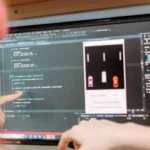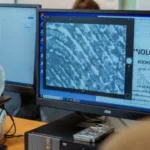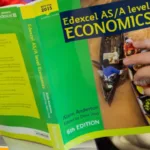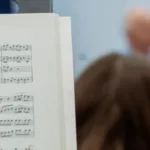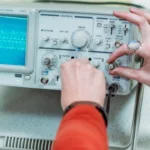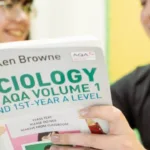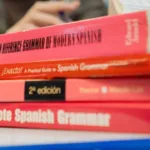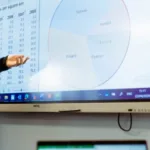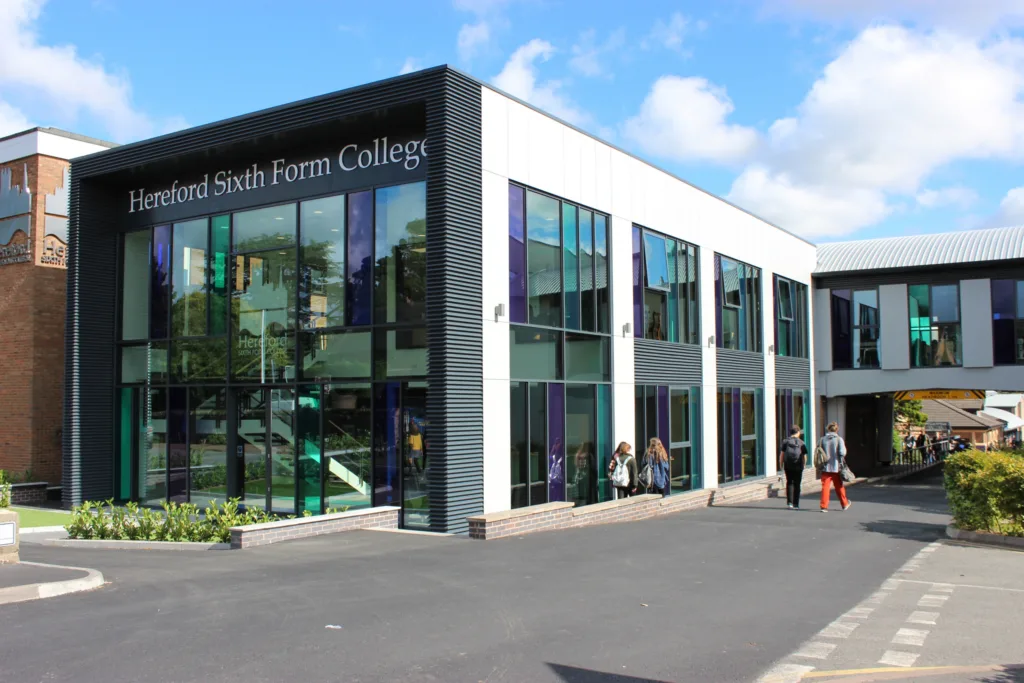
Mathematics
Mathematics is not only a beautiful and exciting subject in its own right, but it also underpins many other branches of learning.
Mathematics A Level
Mathematics has been fundamental to the development of the society in which we live.
Mathematics can be divided into two areas: at its heart lies Pure Mathematics, which in the main is concerned with Algebra and Geometry; and Applied Mathematics which, as the name implies, applies techniques in Pure Mathematics to solve problems in the world around us.

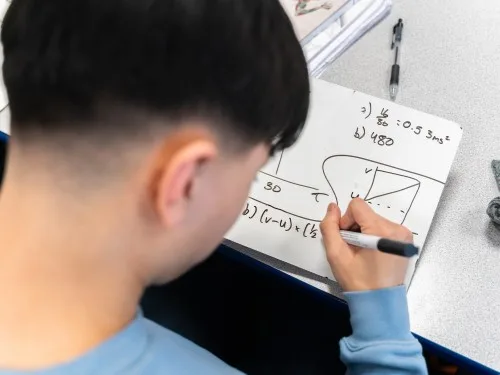
What does the course involve?
This is a traditional Mathematics course. It builds on your understanding of Algebra and Geometry and introduces you to new and important concepts such as calculus, which helps explain how the world changes with time.
You will study both Pure and Applied Mathematics. The course culminates in three examination papers, two of which will be on Pure Mathematics and one on Applied Mathematics. The Applied Mathematics paper is made up of 50% Statistics and 50% Mechanics, both of which focus on using Mathematics in real world situations.
Assessment
Qualification
A Level
Awarding Body
OCR
Entry Requirements
You will need:
- Grade 7, 8 or 9 or A or A* at GCSE in Mathematics
If you have a grade 6 or B at GCSE and want to study A Level Mathematics, you will be advised on an individual basis.
Trips
There are no compulsory visits but occasionally there are opportunities for visits or lectures by visiting speakers.
Career path
Mathematicians are highly valued and well placed when it comes to finding employment.
Openings exist in industry, banking and finance as well as management.
Mathematics A Level courses are particularly useful for people hoping to study engineering, the natural sciences or physics at university.













